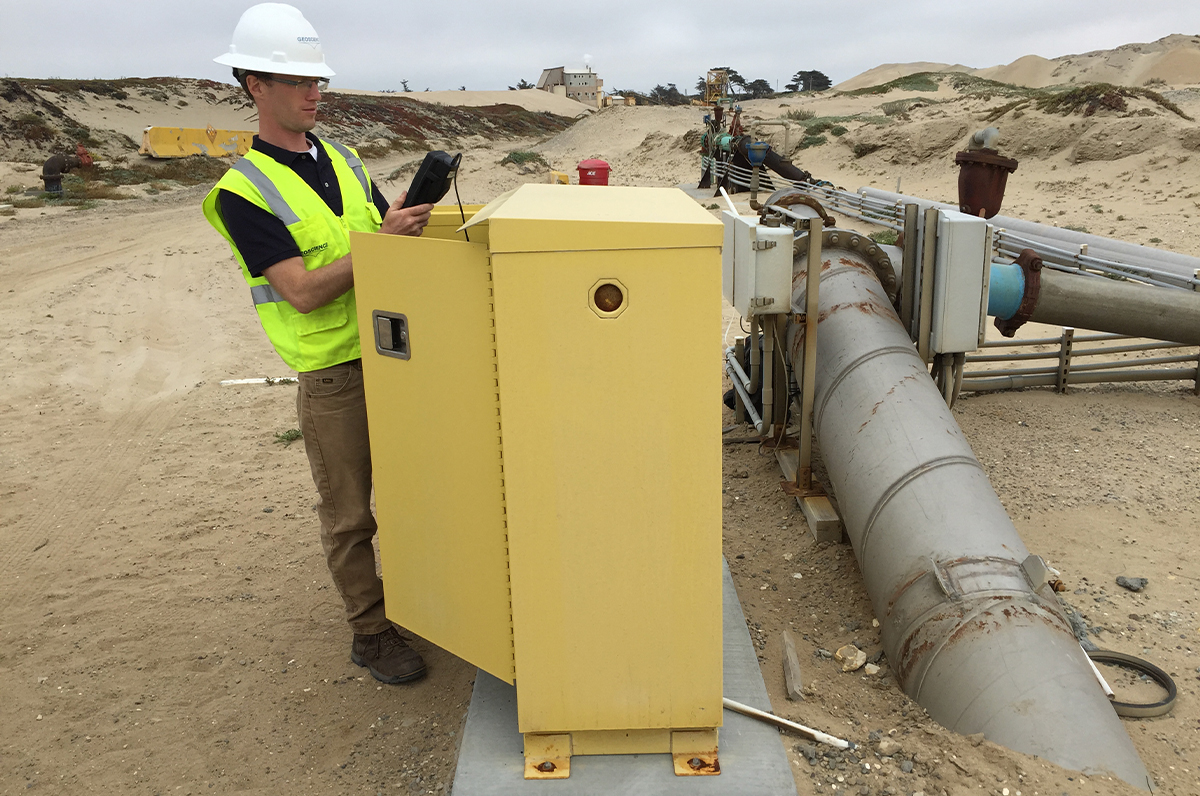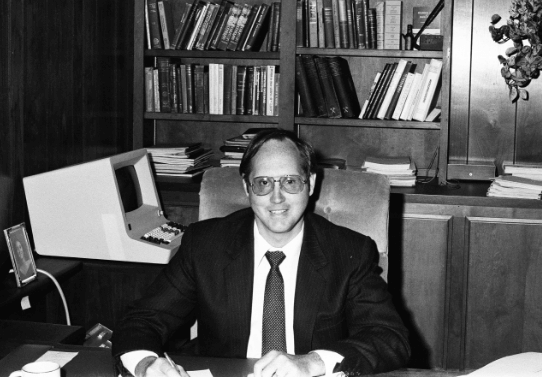
1965-70
Dr. Williams is awarded a PhD in groundwater hydrology and joins LADWP
• Developed an electrohydraulic arch tool to clear clogged artesian wells
• Developed shape charge explosive device to lower into basaltic aquifer wells to improve water production.
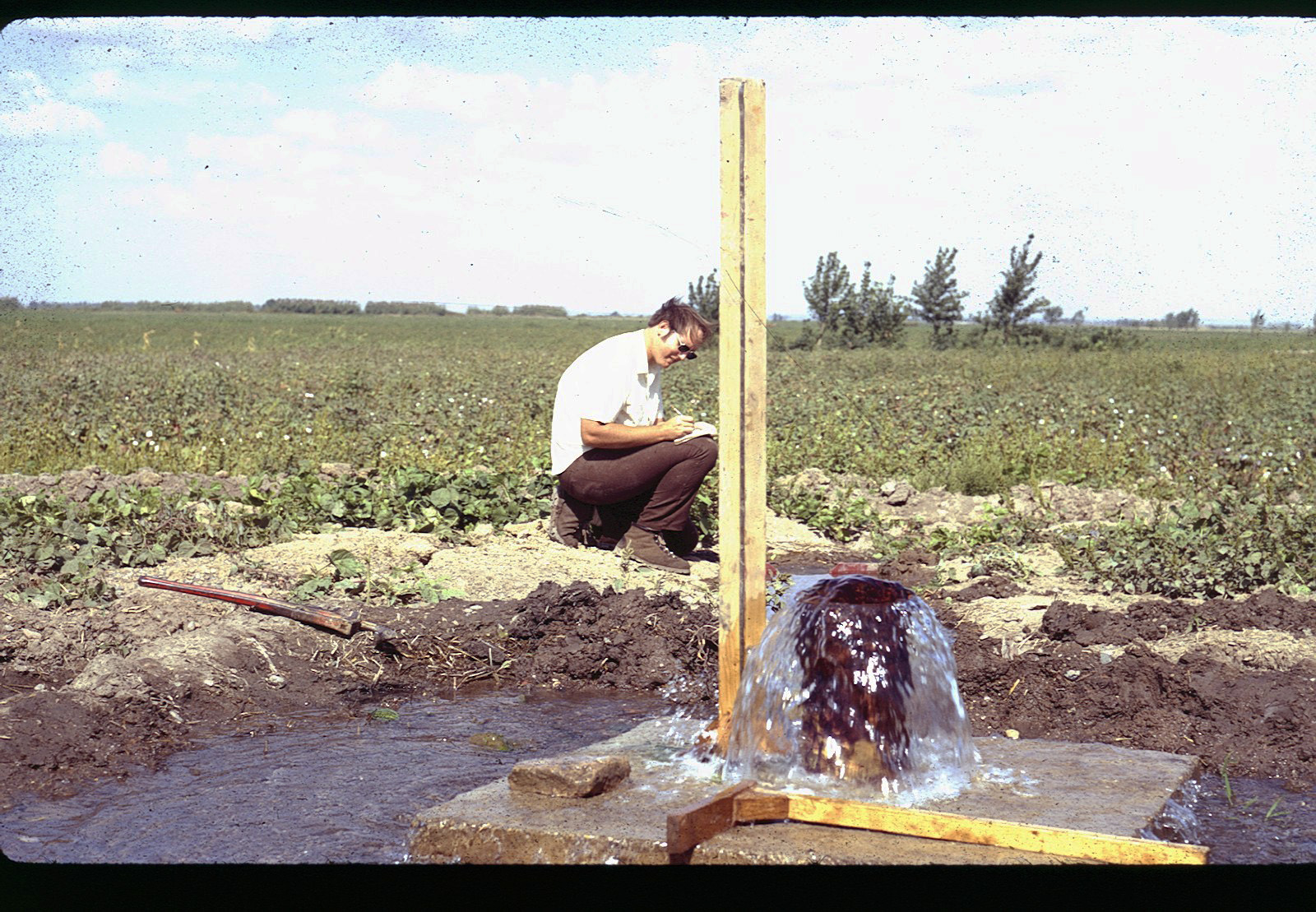
1970-78
Dr. Williams returns to consulting work in the US, Iran, India, and with the UN Development Program
• Developed First Seawater Intrusion Barrier in Middle East in conjunction with friend and colleague Neil Cline, Former GM of OCWD and SAWPA
• Gorgon Project –150 deep-water supply wells with Joe Sovella, former GM of Laguna Beach WD
• First Use of SCADA systems for Remote Monitoring and Management of Wellfields along Caspian Sea
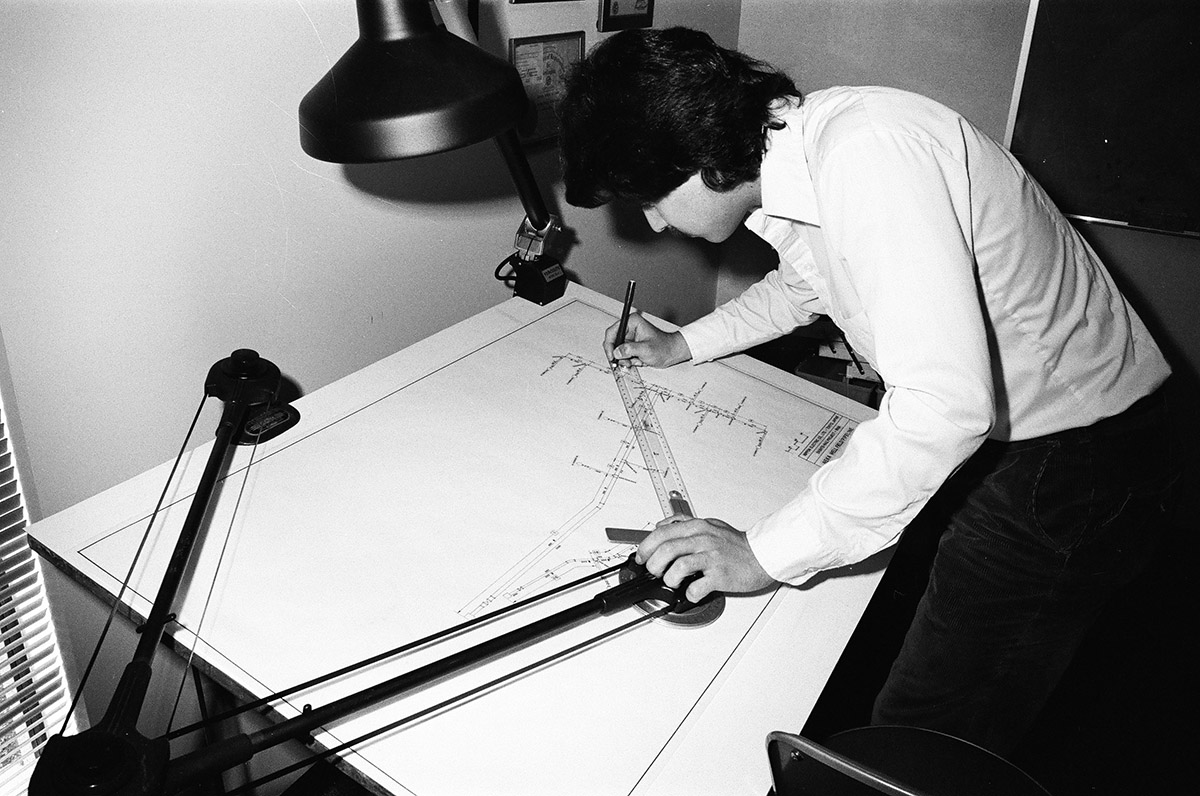
1978
Geoscience Support Services incorporated
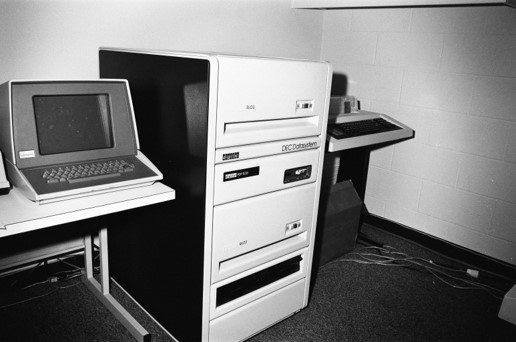
1979
Geoscience develops current aquifer zone testing methods
• Screens groundwater quality prior to well construction
• Current best practice used industry-wide
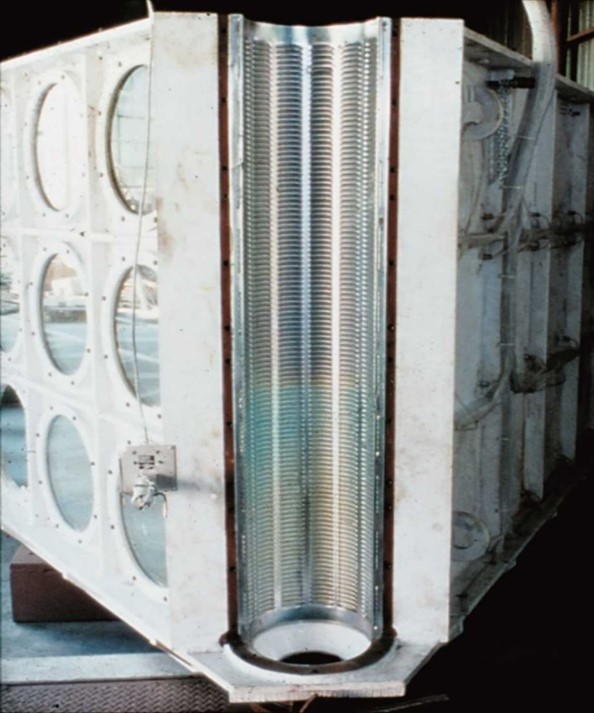
1980
Designed the world’s largest aquifer model in collaboration with Roscoe Moss Company
• Full scale well model used to develop current best design practices for water well screen and filter pack
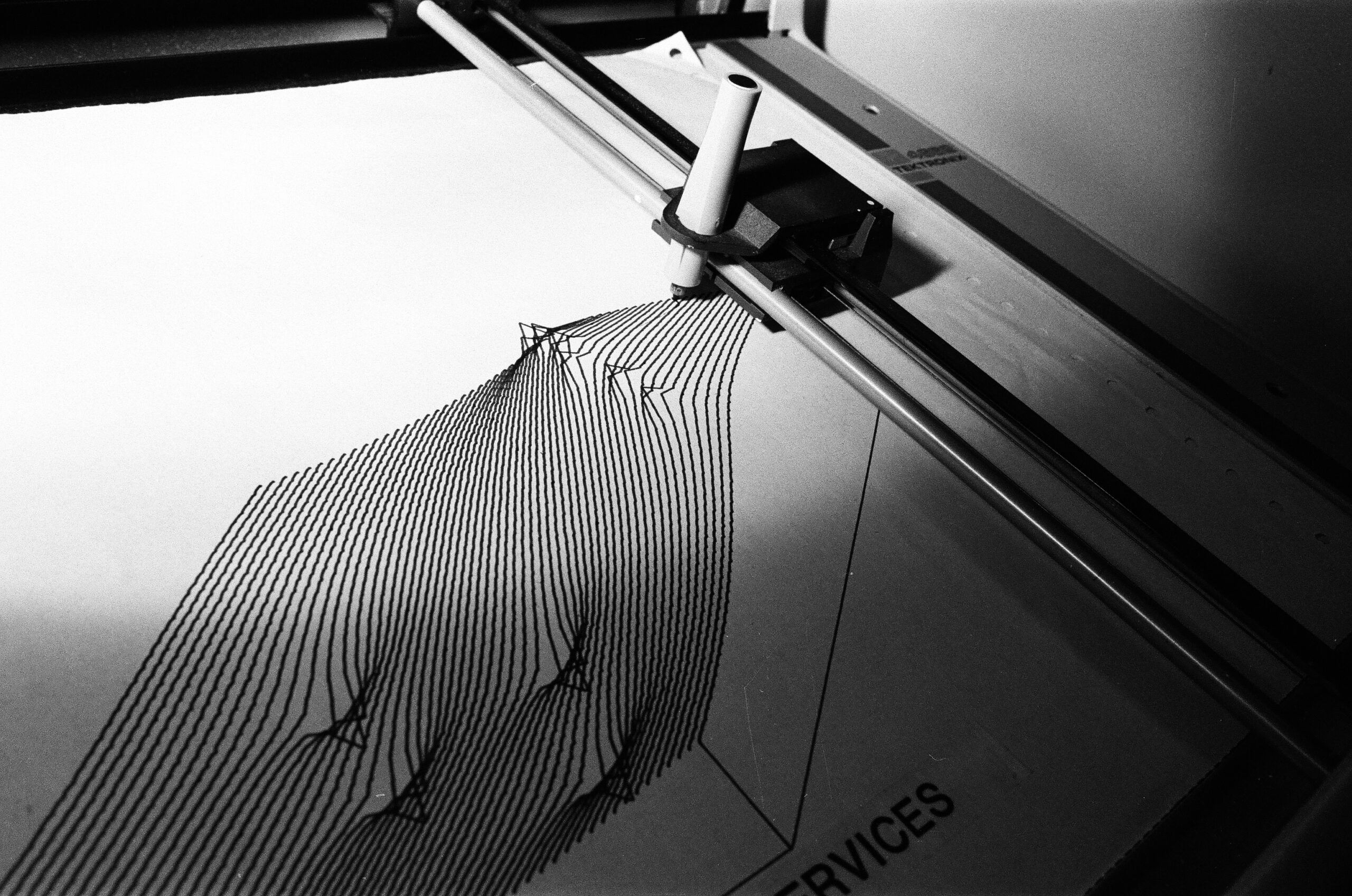
1981
First modern, digital groundwater models
• Created computer code for digital groundwater modeling
• Developed for Orange County Water District Seawater Intrusion Barrier and Rancho California Water District
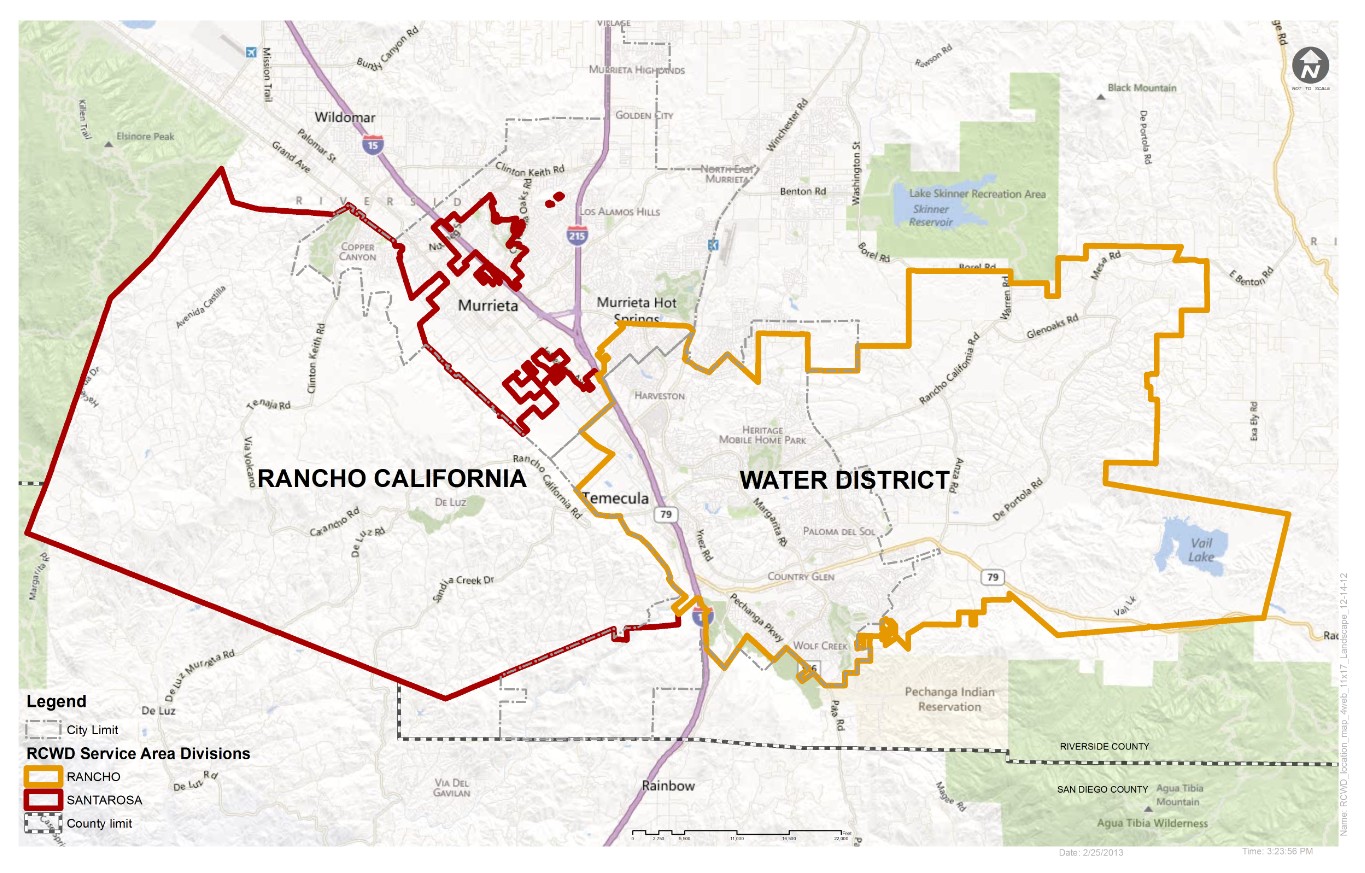
1981
First groundwater audit completed for Rancho California Water District
• Set paradigm for California’s Sustainable Groundwater Management Act, including technical details and content, passed in 2014
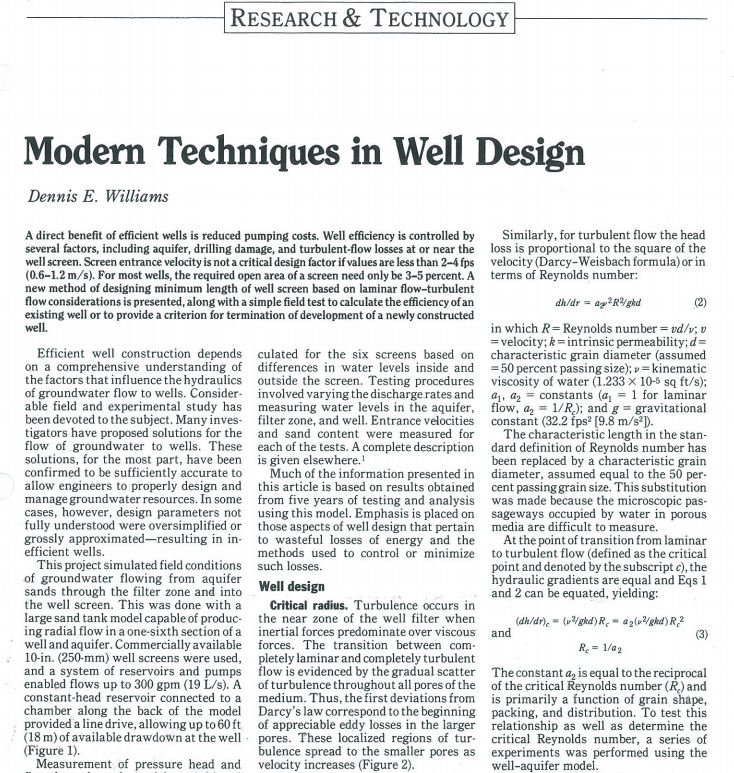
1985
Publication of Modern Techniques in Water Well Design
• Established Well and Filter Pack design, which remain current best practice
• Served as the basis for current Well Design Standards adopted by AWWA
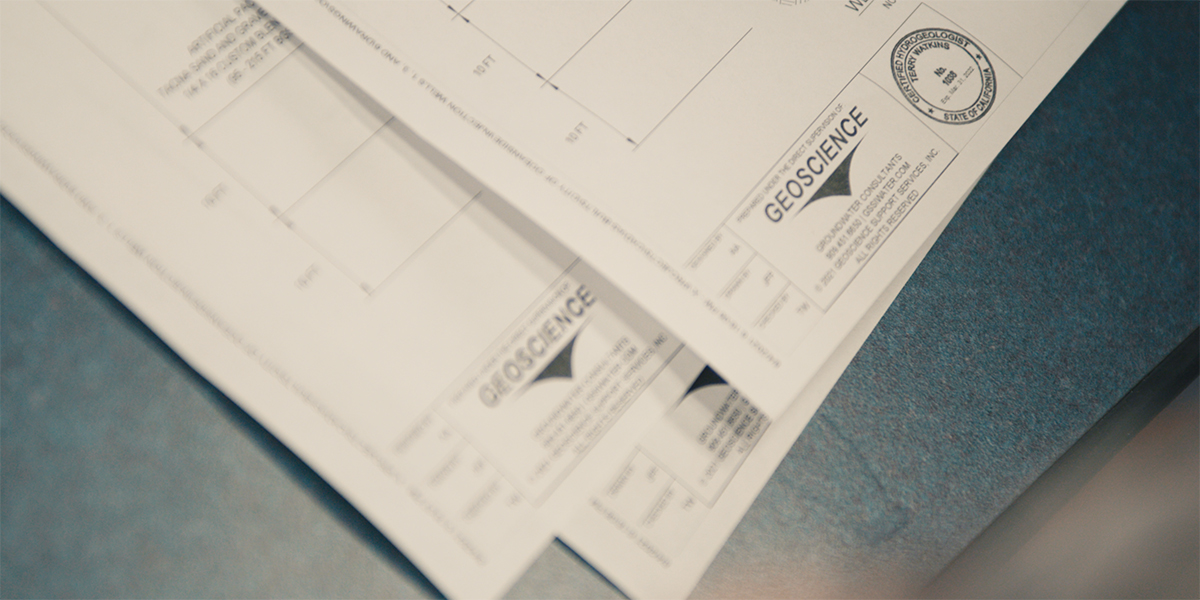
1988
Supported Brazilian oil company Brasoil in litigation against the Government of Libya
• Centered on Great Manmade River Project involving more than 700 wells that failed due to faulty design
• Settled by International Arbitration
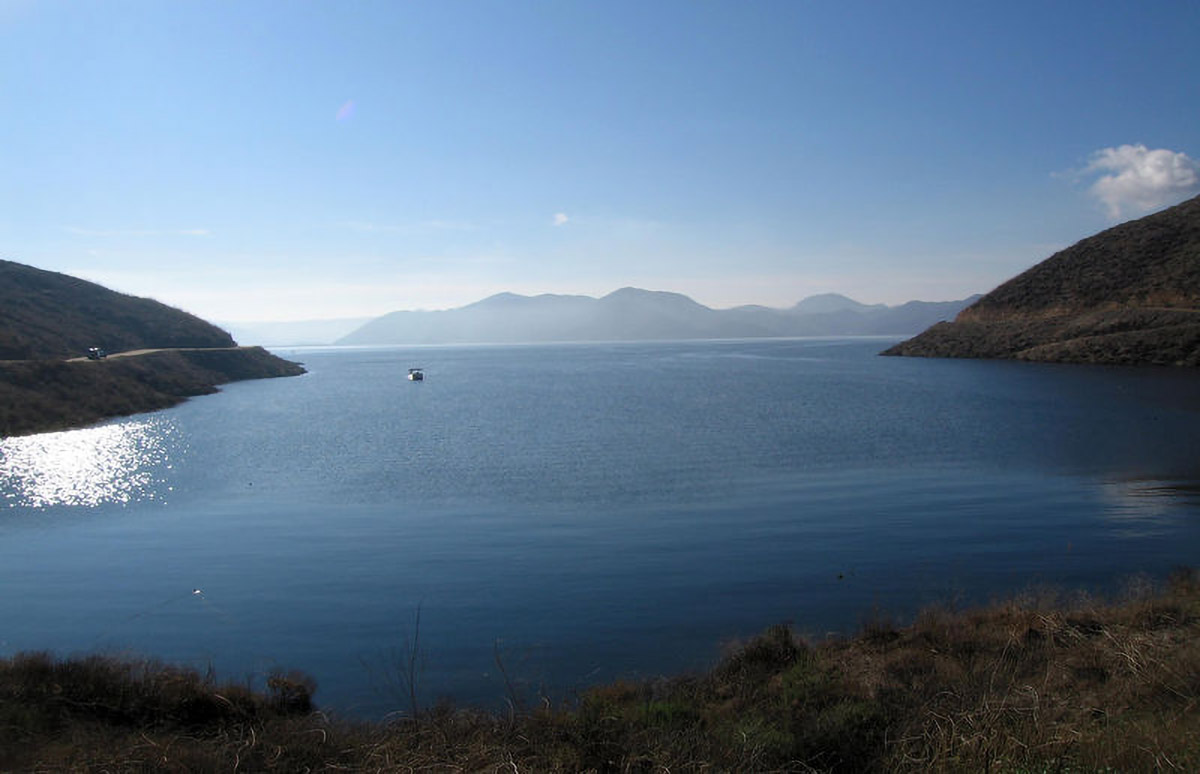
1994
Diamond Valley Lake Recovery Well project
• Lead groundwater hydrology firm for project
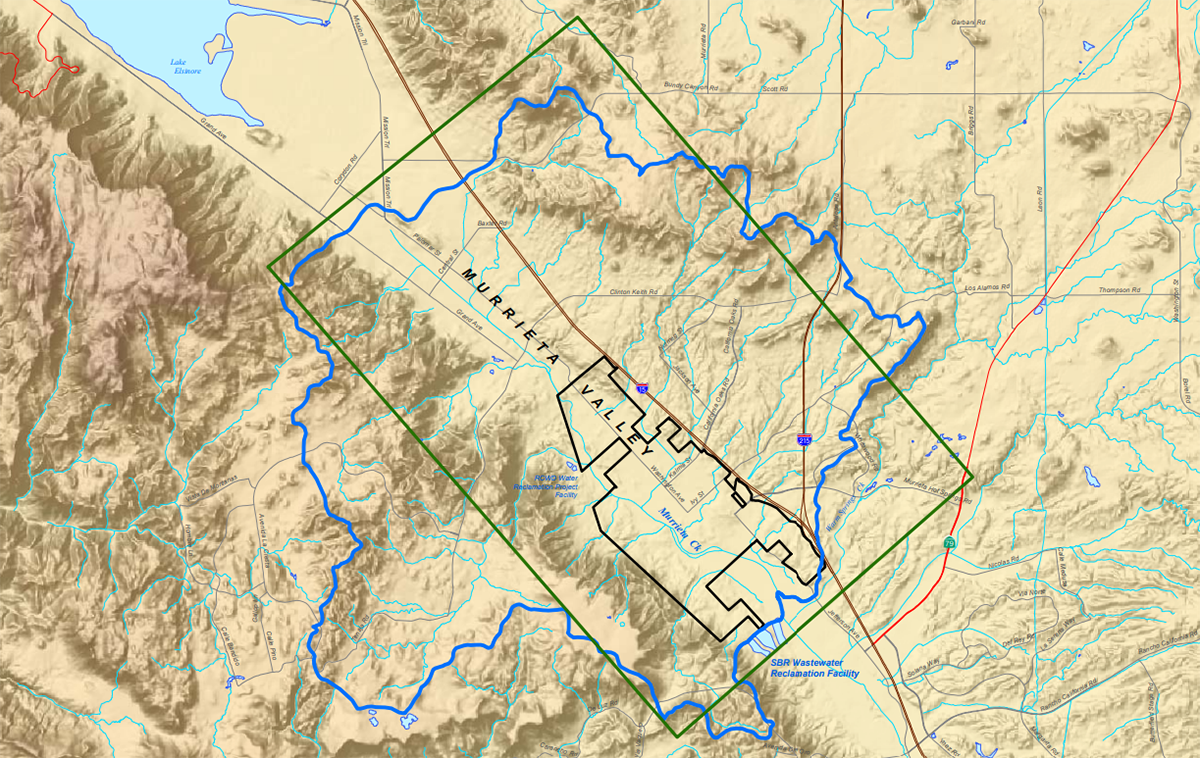
1995
Collaboration with the USGS to review first integrated groundwater models and code
• Geoscience partners with USGS to review new Modeling Code
• First USGS Integrated Surface Water and Groundwater Model
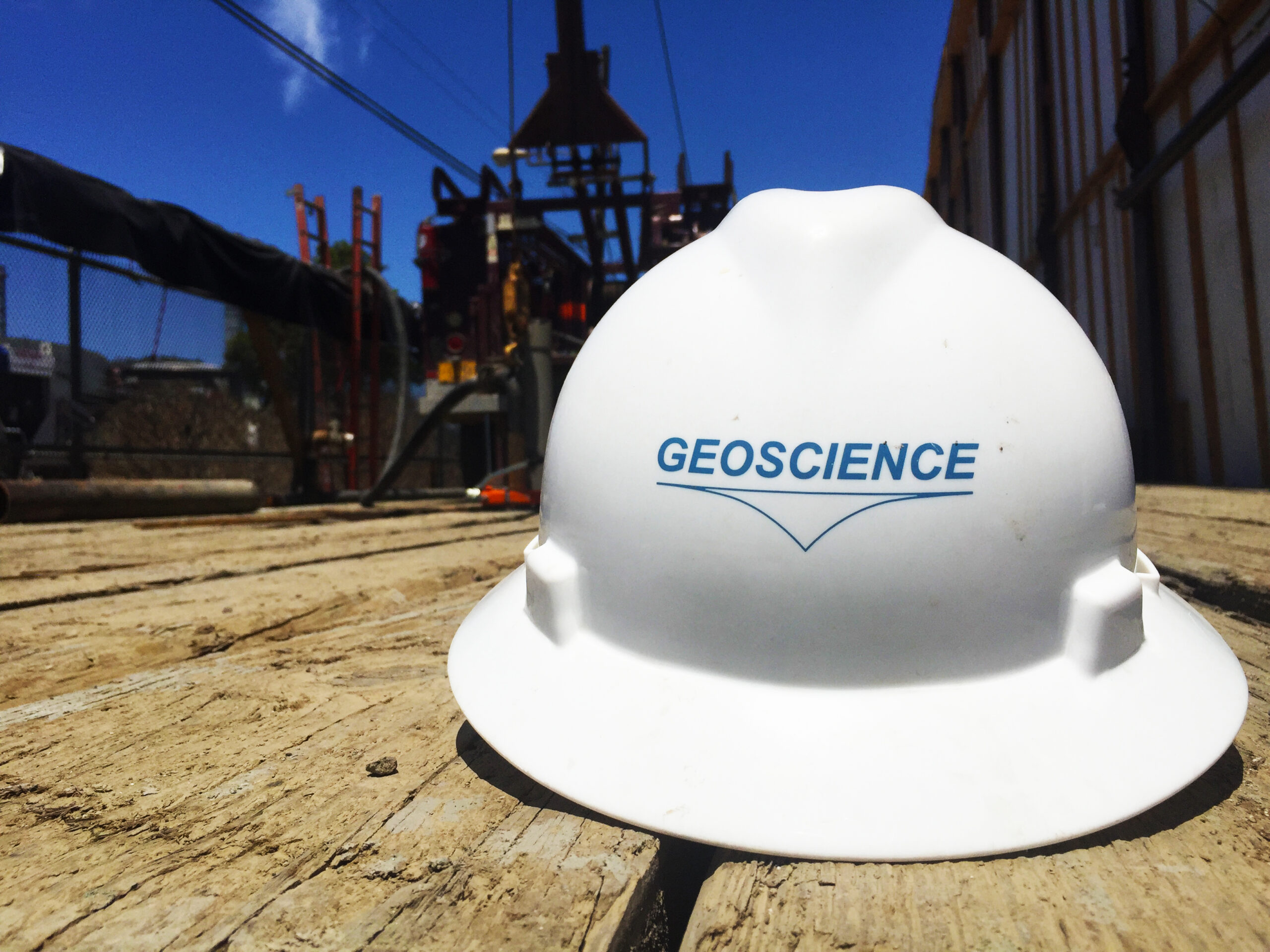
1999
Antelope Valley Adjudication begins
• Developed groundwater model
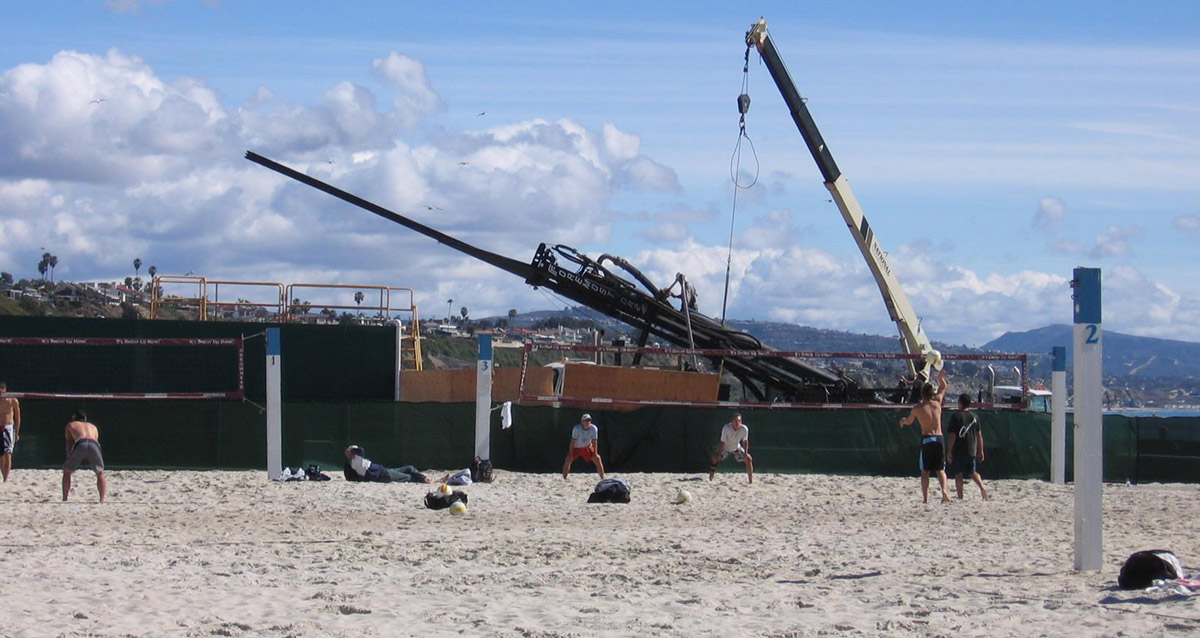
2005
Developed Slant Well technology for seawater desalination intakes
• Current best practice for seawater intakes for ocean water desalination in California
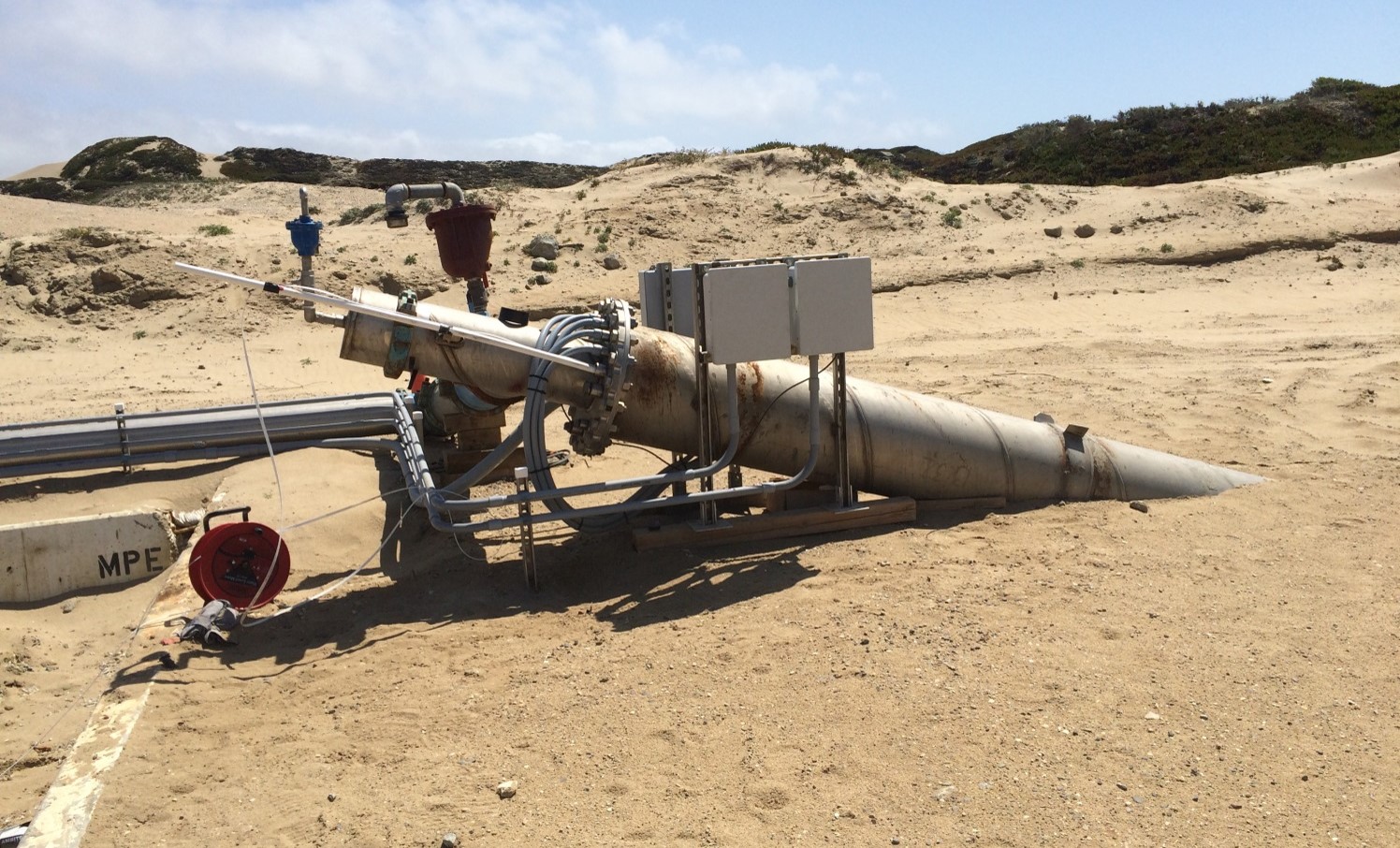
2007
First Slant Well completed
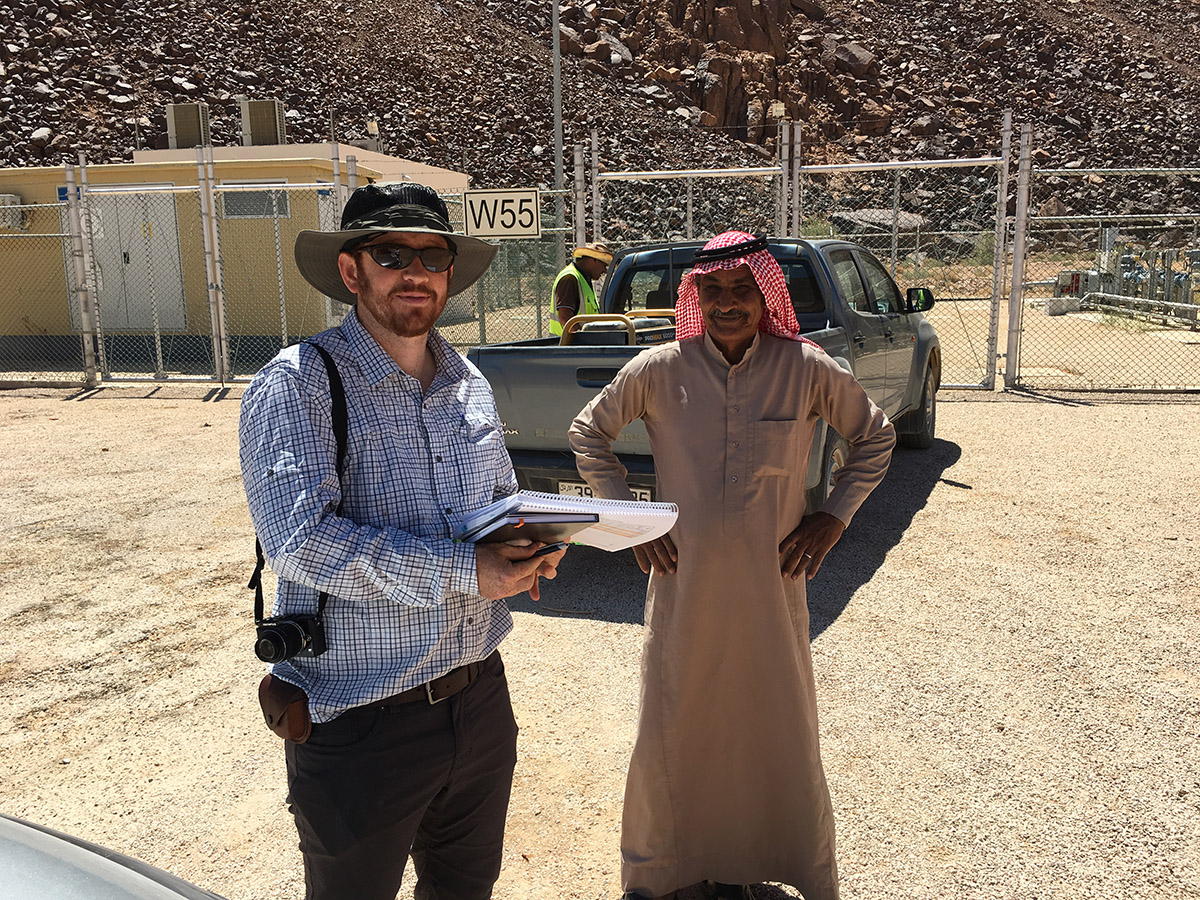
2015
Supported litigation between Disi Water Company and the Government of Jordan
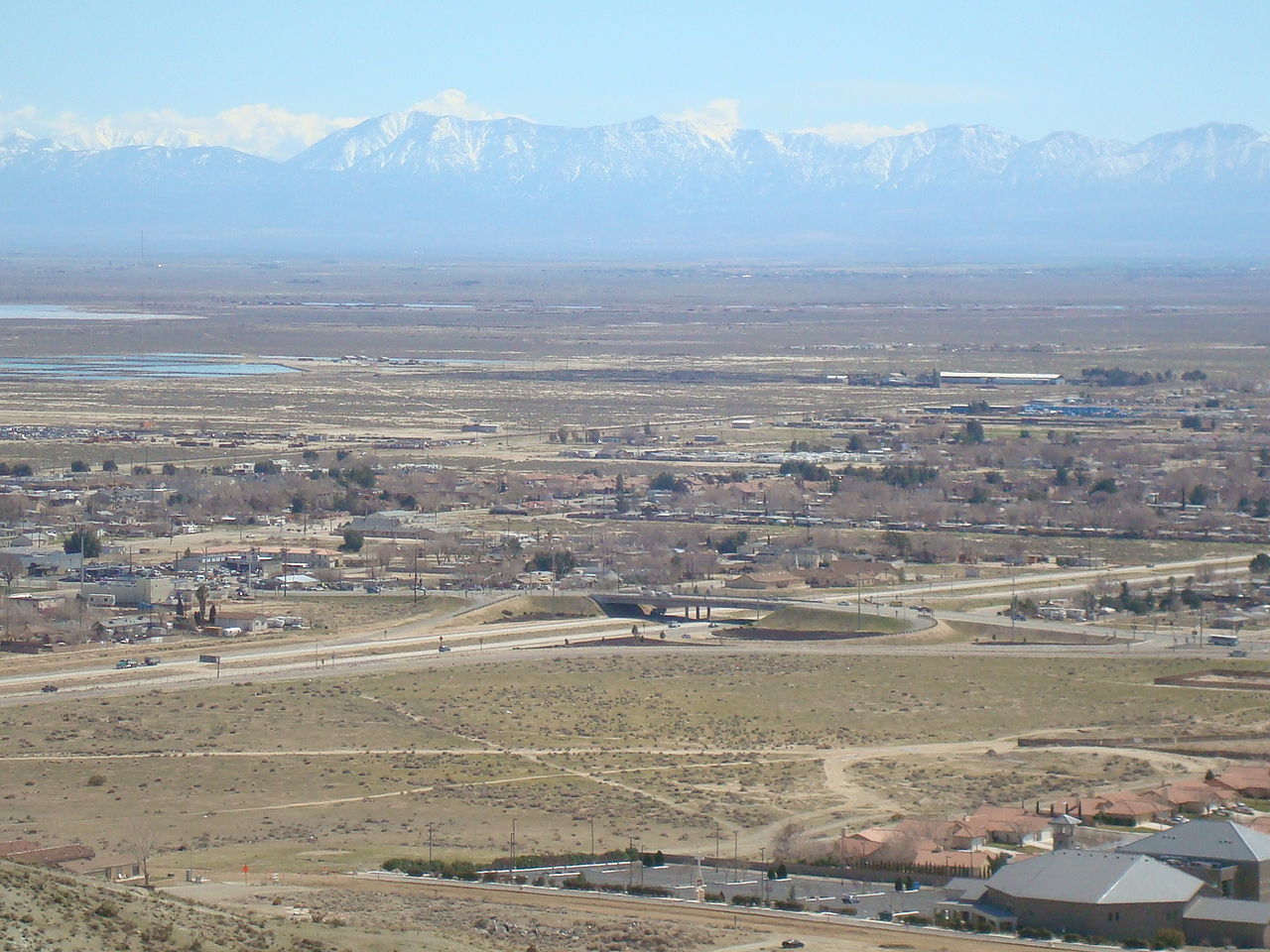
2015
Antelope Valley adjudication finalized
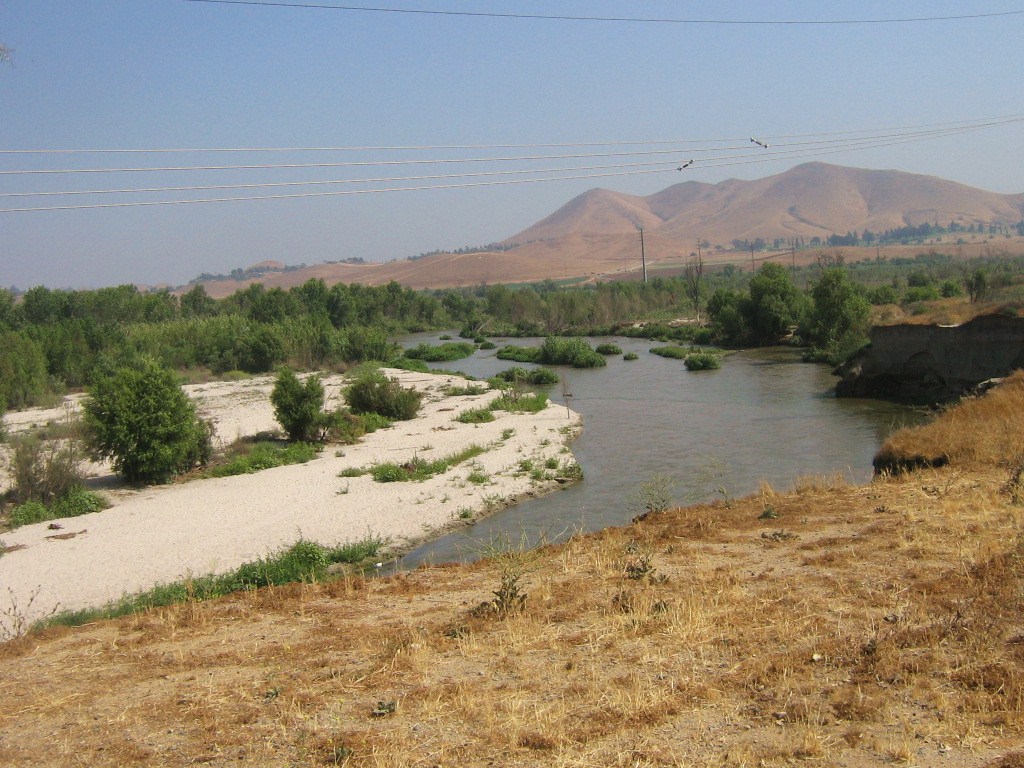
2016
Begin development of largest integrated groundwater model in California
• Incorporates 5 groundwater basins in Santa Ana River watershed
• Used as project planning and permitting tool by multiple agencies
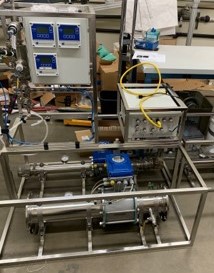
2018
Developed remote instrumentation for well construction management
